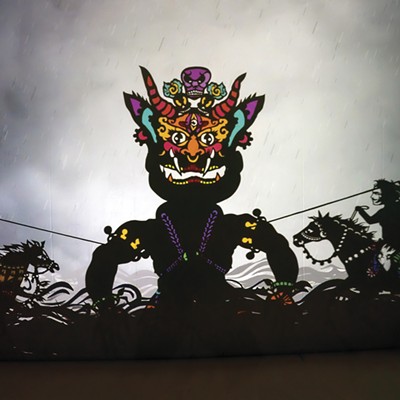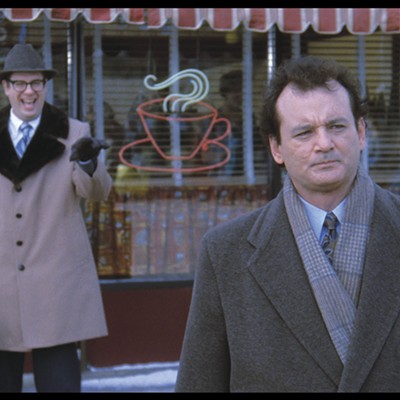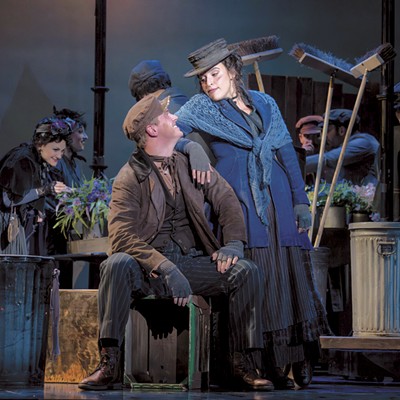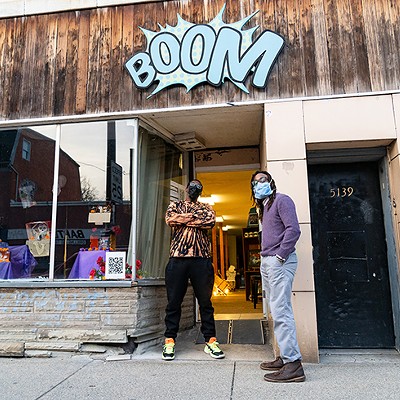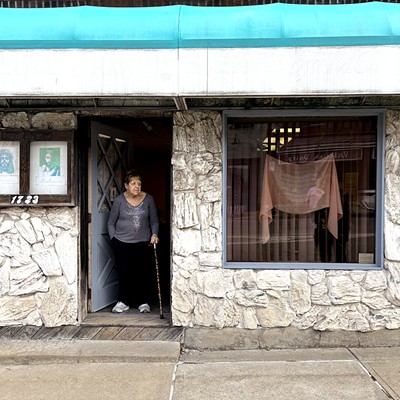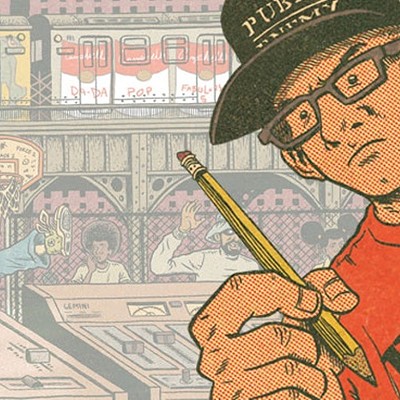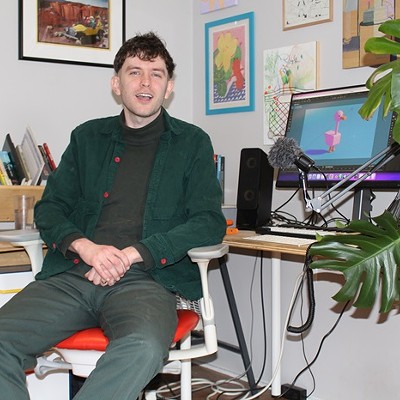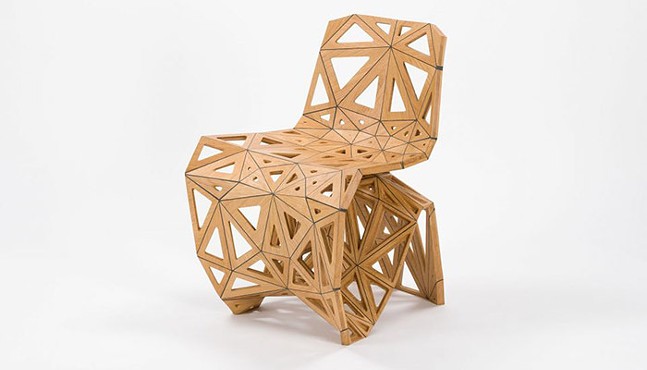
On Sat., July 24, CMOA will debut the new exhibit, described in a press release as featuring more than 300 objects — including 150 recent acquisitions — from 21 designers, studios, and companies. The pieces range from “the evocative and extraordinary to the practical and every day.”
“Extraordinary Ordinary Things celebrates the beauty of design — and leverages the familiarity of the objects featured to prompt visitors to reflect on their relationships to material things,” says Rachel Delphia, CMOA’s Alan G., and Jane A. Lehman, Curator of Decorative Arts and Design. Delphia organized the exhibit along with Alyssa Velazquez, curatorial assistant for Decorative Arts and Design.
Located in the 8,000-square-foot Ailsa Mellon Bruce Galleries, Extraordinary Ordinary Things marks the museum’s first significant update to its galleries since 2009.
The new show is described as spanning “some of the most significant design developments of the past three centuries,” including modernism and handcraft revival, and the emergence of digital designs.
Unlike other forms of visual art, decorative art refers to works that serve both an aesthetic and functional purpose, including furniture, dishware, lamps, and other common items. The term came about as a way to challenge the rigid distinctions between highly regarded fine art and the lesser arts, with decorative pieces often falling under the latter. It also emphasizes the role of craftsmanship, as decorative artists develop specialized skills working with clay, metal, wood, textiles, and other materials in order to make pieces usable.
Unlike fine arts, which favor exclusivity, decorative arts can also apply to mass-produced pieces.

The article adds that spending more time indoors led shoppers to “reconsider their home decor, and embrace the inclination toward ‘nesting,’ the desire to rearrange one’s surroundings to increase comfort, cleanliness, or pleasurable aesthetics.”
Also significant, especially in regards to Extraordinary Ordinary Things, is that people weren’t only buying decorative items, but making them. The bored and homebound became hobbyists, with many turning to crocheting and knitting and other pastimes. Even celebrities got in on it, most surprisingly comedy actor Seth Rogen, who documented on social media his growth as a ceramicist.
In this new age, then, CMOA sees Extraordinary Ordinary Things as a space that offers “boundless inspiration and endless possibilities for functional design, particularly within the home, for visitors to learn about, consider, and enjoy.” The museum is also planning on hosting workshops, lectures, tours, public programs, and collaborations related to the exhibit.
“We look forward to welcoming visitors into the Ailsa Mellon Bruce Galleries to explore how these objects better our lives with their functionality, add fun and levity through their technology, and uplift and inspire us with their beauty and personal associations," says Delphia.



